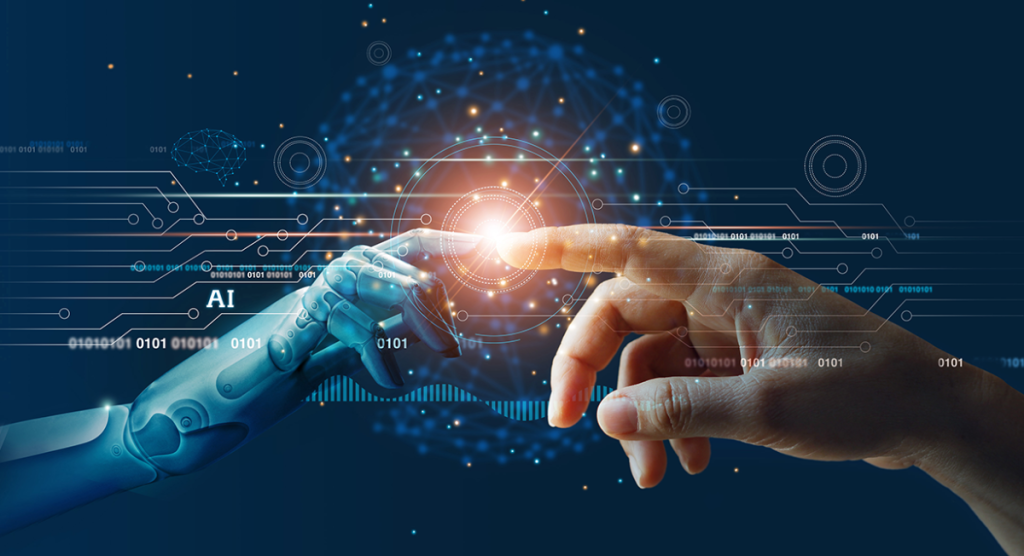Artificial Intelligence AI is a vast and evolving field that integrates computer science, data science, machine learning, and more to create systems capable of mimicking human intelligence. As AI becomes more prevalent, it is essential to understand the key terms that form its foundation. Here’s a guide to some of the most critical AI concepts:
- Artificial Intelligence AI:
AI refers to the simulation of human intelligence in machines. These systems are designed to perform tasks that typically require human intelligence, such as visual perception, speech recognition, decision-making, and language translation. AI can be classified into narrow AI, which performs specific tasks, and general AI, which has the potential to perform any intellectual task a human, can do.
- Machine Learning ML:
Machine Learning is a subset of AI that focuses on the development of algorithms and statistical models that allow computers to improve at a task over time with experience. ML systems learn from data, identifying patterns and making predictions or decisions without being explicitly programmed for every task. Common types of ML include supervised, unsupervised, and reinforcement learning.

- Deep Learning DL:
Deep Learning is a specialized subset of machine learning that uses neural networks with many layers hence the term deep to analyze data and extract high-level features. Deep learning models are highly effective at tasks such as image and speech recognition, help here often surpassing human capabilities in specific domains. They rely on large datasets and substantial computational power.
- Neural Networks:
Neural Networks are algorithms inspired by the structure and function of the human brain. They consist of interconnected nodes neurons that work together to process input data and generate outputs. Neural networks are the building blocks of deep learning models and are widely used in image classification, natural language processing, and pattern recognition tasks.
- Natural Language Processing NLP:
NLP is a branch of AI that focuses on the interaction between computers and human languages. It enables machines to understand, interpret, and generate human language in a valuable way. Common applications include chatbots, machine translation, and sentiment analysis.
- Computer Vision:
Computer Vision is a field of AI that allows machines to interpret and understand the visual world. By using images and videos, computer vision systems can recognize objects, track movement, and make sense of complex visual data. Applications range from facial recognition to autonomous vehicles.
- Reinforcement Learning RL:
Reinforcement Learning is a type of machine learning where an agent learns to make decisions by interacting with its environment. The agent receives rewards or penalties based on its actions and adjust its strategy to maximize cumulative rewards over time. RL is widely used in robotics, game AI, and autonomous systems.
- Algorithm:
An algorithm is a set of instructions or rules designed to perform a specific task. In AI, algorithms are used to process data and produce a result, such as a prediction, classification, or decision. They form the core of how machine learning and AI systems function.
